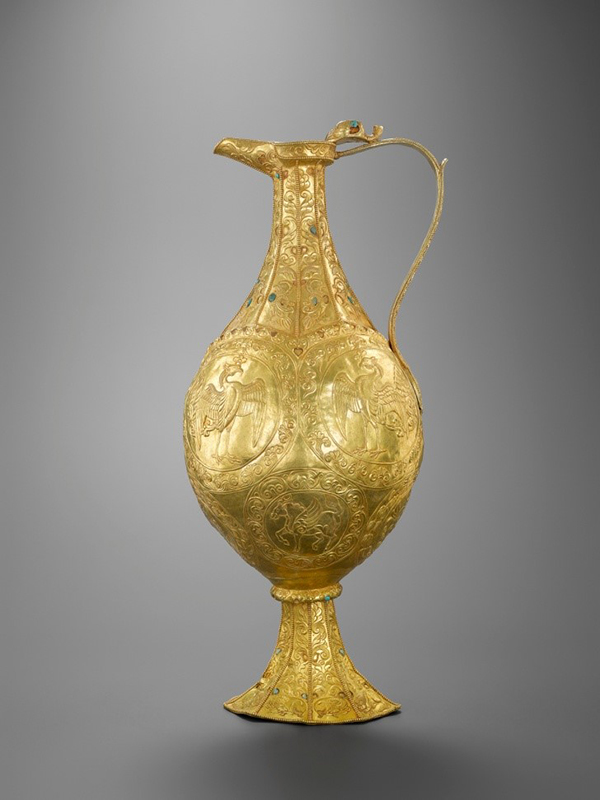Silkroads News
“Cultural Exchange Along the Silk Roads”: World’s First International Exhibition on the Tubo Period is Set to Open in Dunhuang
Summary: July 2, 2019, the exhibition, entitled “Cultural Exchanges Along the SilkRoad: Masterpieces of the Tubo Period (7th – 9th Century),” was held atthe Mogao Caves in Dunhuang. It will run for 110 days until October 22.Under the direction of the National Cult
July 2, 2019, the exhibition, entitled “Cultural Exchanges Along the Silk
Road: Masterpieces of the Tubo Period (7th – 9th Century),” was held at
the Mogao Caves in Dunhuang. It will run for 110 days until October 22.
Under the direction of the National Cultural Heritage Administration of
China, the exhibition is jointly hosted by the Dunhuang Academy and the
Pritzker Art Collaborative, and co-organized by over 30 museums and
institutions worldwide. The 120 well-preserved artifacts represent the
culture, art, and history of the Tubo regime, as well as the various interactions
along the Silk Road multi-dimensionally. As the first-ever exhibition
focused on early Tibetan culture, this exhibition is
significant to the research of civilizations on the
Silk Road, as well as the history, culture, and art of
early Tibet and Central Asia.
The highlight of this exhibition derives from overseas
collections of the Pritzker Art Collaborative of
the U S and the F abrics C onservation and
Research Center of the Abegg Foundation based
in Switzerland. They contribute to the exhibition
with silk fabrics, Buddhist statues, royal crowns
and articles for daily use on the Silk Road from the seventh to the ninth
century. It is also joined by over 22 domestic archaeological institut ions
and museums including the Palace Museum in Beijing, the Nationa l
Museum of China, Shaanxi History Museum in Xi’ an, and Dulan Museum.
In addition, other participated overseas institutions include the Hirayama
Ikuo Silk Road Museum in Japan, the State Hermi tage Museum in St.
Petersburg, Russia, the Art Institute of Chicago, and the Al Thani Collection.
It is the first time for majority of the artifacts in the exhibition to display
in China.
Category: English
News
Silkroads News
Key words:

